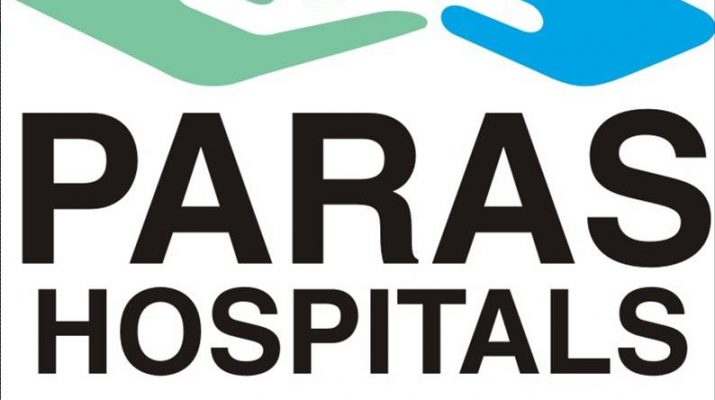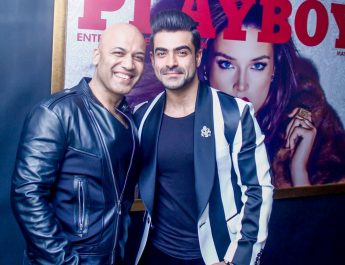A specialized clinic was set up to ensure that pain and immobility do not form a part of the golden years
Paras HMRI organized a joint pain clinic for the benefit of senior citizens and their families. Held between 1 and 2 pm in the hospital premises, the aim was to help people understand that they don’t have to live with joint pain, and that there are treatments for it. Hosted by the hospital’s orthopedics department, expert orthopedicians guided patients through the various possible treatments. Discounted rates of treatment and tests (X-ray, MRI, CT scan) were provided.
This is the beginning of Paras HMRI’s new Joint Clinic where any patient with joint-related disorders can come to seek medical advice and get themselves treated. Dr Nishikant, consultant joint replacement surgeon is the specialist on board. He is an experience doctor, and has worked with some of the best hospitals in the country, including AIIMS, New Delhi. He has also worked in Singapore, Germany and Spain.
“We are glad to be able to provide these tertiary-care services in Patna. As people reach the retirement years, they complain of joint pain, whether in the knees, hips or sometimes, even fingers. With time, there is wear and tear on the bones and joints, and this begins to show as symptoms of joint pain. Often, we find that the cartilage has worn out resulting in osteoarthritis. This is mostly in the case of people who are active and those who are overweight. Sometimes, we find people with joint inflammation, which is arthritis. We organized this session to let people know that they don’t have to live with pain, that there are options: oral medication, local application of ointments and balms, physiotherapy, alternative therapies which are now being mainstreamed, and in some cases, surgery,†said Dr Nishikant Kumar .
Joints form important connections between bones that support the whole body and help people move. Joint pain can be a niggling issue for a short duration (acute), or long-term (chronic). Women are especially prone to this. Others at risk are those who have taken steroidal medication over long periods, those who are obese, those who have lived very sedentary lives, and those who are over 40 years of age. In India, 20% of the population suffers from joint pain – that is about 200 million.
“The problem is that most people suffering from joint pain visit quacks and take local medication, the ingredients of which are not known. Our goal is to reach every person suffering from this. Our stress is to listen to patients first, diagnose their condition through examination and tests, if required, and then treat the condition, based on our findings and observations. The aim is always to tackle the problem, rather than just prescribing pain-killers. We want the person to be independently mobile and pain-free,†says Dr. Nishikant.
The issue of musculoskeletal problems is not just an Indian one though. The World Health Organization declared the years 2000-2010 as the Bone and Joint decade. The WHO estimates that 9.6% of men and 18% of women over 60 years of age have osteoarthritis. This puts the older population at risk for falls and fractures. A hip fracture results in 20% mortality and 50% loss of function. As our population ages, musculoskeletal problems will become a greater problem.
Arthritis can be Inflammatory and non-inflammatory. The latter affects any age group, even children, while the non-inflammatory kind affects mainly older people. The main concern is the steep rise in non-inflammatory arthritis in a younger (30-45 years) age group. This can be blamed on poor food habit and lifestyle.
“For inflammatory arthritis, we can start dedicated medicines early; for non-inflammatory in the early stages we recommend exercises. In late stages of both, only an operation is effective. Also, non-inflammatory arthritis does not need medication. We counseled patients and their families on reporting pain early, so that we can deal with the problem before it becomes chronic. Also, our aim is to tell them that the limitations that joint swelling, the inability to extend or flex joints, redness and stiffness, as well as deformity in the legs or knees, could bring, doesn’t need to be suffered. We also provided them with additional counseling in cases in which surgery and knee and hip replacements were suggested. At the end of the day, we want people to live long and healthy lives, where the quality of life does not suffer because of pain and the constraints it brings with it,†said Dr Nishikant.
Paras HMRI now has the best team in the region to do joint replacements, and is providing services at reasonable amounts. Since hip and knee replacements have been termed the ‘Operations of the Century’ because of the effectiveness, Paras HMRI is dedicated to this cause. The ultimate aim is to have a pain-free society.



